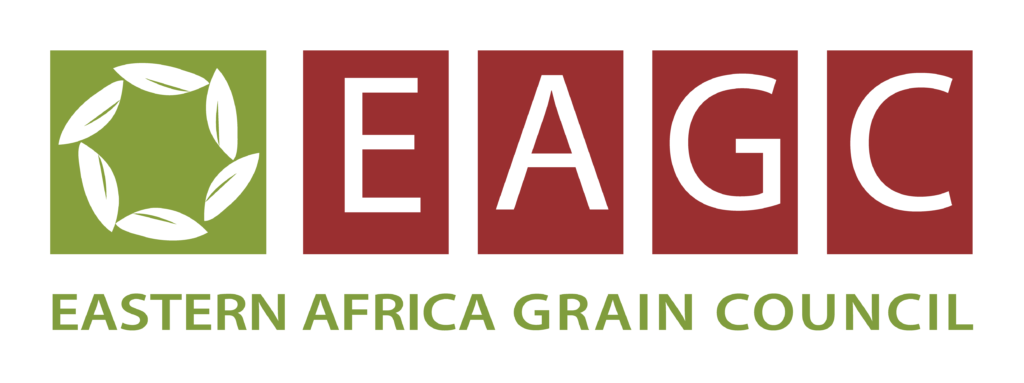EAGC contributed to a Strategic Partners’ Session of the USAID/Feed the Future Policy Leadership, Interactions, Networks and Knowledge (Policy LINK) to give a grain industry perception on aflatoxin contamination in the region. The contributions were made during the 5th Strategic Partners Meeting of a Policy Link project being implemented by EAGC through a competitive bidding process. The project aims to boost food trade between EAC and COMESA countries by coming up with strategies that will tackle Sanitary and Phytosanitary (SPS) challenges in the region, particularly the issue of aflatoxin.
The previous Strategic Partners Session had presented a Policy LINK Trade Programming Model that provides a methodology to understand the underlying problem and consequently design effective solutions to address trade competitiveness. The session strongly brought out the issue of standards as a key barrier to regional trade.
The 5th session therefore sought to apply the Model and understand the nature of the problem- aflatoxin, map key stakeholders instrumental in solving the problem and apply the model to solve the issues at hand. To understand the nature of the problem, EAGC, representing the industry, highlighted that grain trade is largely unstructured and with minimal compliance to regulations, necessitating the need to address the root cause of aflatoxin contamination at farm level.
The Council noted that industry players can self-regulate through moral responsibility of individual stakeholders at each level of the value chain and this would largely eliminate stringent government requirements exclusively falling on millers.
EAGC noted that in order to solve the challenges presented by standards, the industry needs:
- An all-inclusive policy advocacy strategy that targets all value chain actors in reduction of aflatoxin; regulations and incentives that target both the small and large millers in equal measure; and ensuring that rejected maize does not find its way back to the supply chain.
- To Self-regulate, where all grain sector players hold themselves and each other accountable for all activities in the industry – farming, trading & processing.
- To establish Co-regulation in close collaboration with all relevant bodies responsible for food safety, such as bureaus of standards among others
- A regulatory process in which an industry level organisation sets and enforces rules and standards relating to the conduct of firms in the industry
- Group of firms in an industry or the entire industry sector agreeing to act in prescribed ways, according to a set of rules or principles.
To apply the model in the issue of aflatoxin, EAGC will seek to define the nature of the problem; define what a successful solution will look like, identify what has already been done and what is still missing; and identify key stakeholders relevant to providing a solution. Once a solution has been designed, it will be presented to Strategic Partners Group for review and implementation.

